How to Create Realistic Hair in Your Drawings
Creating realistic hair in your drawings can feel like a daunting task, but with the right techniques and a bit of practice, you can master this art form. Hair is not just a collection of lines; it's a complex structure that conveys emotion, movement, and character. Whether you're sketching a portrait or illustrating a fantasy character, understanding how to depict hair accurately can elevate your artwork from good to stunning. In this article, we'll delve into various techniques, tips, and tools that will help you draw hair that looks lifelike and vibrant. So, grab your pencils or stylus, and let's get started on this exciting journey of capturing the beauty of hair!
To draw realistic hair, it's essential to understand its anatomy, including the different types of hair strands and their natural growth patterns, which contribute to a lifelike appearance. Hair is made up of strands that can vary in thickness, length, and texture. Each strand has a unique way of catching light and casting shadows, which adds to the overall realism. Think of hair as a living entity; it flows, bends, and reacts to movement. By observing real hair, you can learn how it interacts with the environment, which will help you replicate that in your drawings.
Selecting appropriate drawing tools is crucial for achieving realistic hair. The right tools can make a significant difference in the quality of your work. Here are some essential tools that can help you create detailed and textured hair:
- Graphite Pencils: These offer versatility in shading and detail work. Different hardness levels allow you to create depth and texture in your hair drawings.
- Blending Tools: Tools like tortillons or blending stumps can help you achieve smooth transitions between shades.
- Erasers: Not just for correcting mistakes, erasers can be powerful tools for creating highlights and defining hair strands.
- Digital Tools: If you're working digitally, software like Photoshop or Procreate offers brushes that simulate hair textures effectively.
Graphite pencils are a staple for any artist. They come in various hardness levels, which can significantly affect the outcome of your drawing. Softer pencils (like 2B or 4B) are great for darker areas and shading, while harder pencils (like H or 2H) are perfect for fine details and lighter sections. When drawing hair, you can use a combination of these pencils to create a sense of depth and realism. For instance, start with a softer pencil to establish the darker strands and then switch to a harder pencil for the highlights and finer details.
Blending techniques, such as smudging and layering, can enhance the realism of hair. Smudging allows you to create softer edges, which can mimic the natural flow of hair. Layering, on the other hand, involves building up different shades gradually to create a rich texture. Experiment with different methods to find what works best for you. The key is to keep your strokes light and fluid, as this will help maintain the natural look of hair.
Erasers can be powerful tools for creating highlights and defining hair strands. By gently lifting graphite with an eraser, you can create the illusion of light reflecting off hair. This technique adds dimension and interest to your drawings. Try using a precision eraser for finer details, and don’t be afraid to experiment with different shapes and sizes to achieve the desired effect.
For digital artists, software tools like Photoshop or Procreate can elevate hair realism to new heights. These programs offer a variety of brushes that mimic the texture and flow of hair. You can also use layers to experiment with colors and effects without permanently altering your work. Take advantage of features like opacity adjustments and blending modes to create stunning hair effects. The digital medium allows for endless experimentation, so don't hesitate to play around with different techniques!
Understanding color theory is vital for realistic hair representation. Hair is rarely a single color; it consists of various shades and tones that reflect light differently. To achieve a natural look, you should focus on mixing colors that mimic the spectrum of natural hair colors. This includes understanding how to create depth with highlights and shadows, which are essential for adding dimension.
Exploring the spectrum of natural hair colors helps in creating realistic shades. From deep blacks to bright blondes, each color has its unique characteristics. For instance, blonde hair might have warm golden tones, while brunette hair can range from rich chocolate to soft chestnut. When mixing colors, consider the underlying tones; for example, a darker shade may have hints of red or blue that can be subtly incorporated into your drawing.
Highlights and shadows are essential for adding depth. Identifying light sources and applying them effectively can enhance the three-dimensionality of hair. When drawing, think about where the light hits the hair and where the shadows fall. This will help you create a more dynamic and lifelike representation. Use lighter colors for highlights and darker tones for shadows, and remember to blend them smoothly for a natural transition.
Regular practice is key to mastering hair drawing. The more you draw, the better you'll understand the nuances of hair. Try setting aside time each week to focus specifically on hair techniques. You can practice by drawing from photographs, studying real-life references, or even experimenting with different styles. Remember, every artist has their unique way of depicting hair, so find what resonates with you!
Q: What is the best pencil for drawing hair?
A: A range of pencils is ideal, from softer pencils for shading to harder ones for details. A good combination includes 2B for dark areas and H for highlights.
Q: How can I make my hair look more realistic?
A: Focus on understanding the structure of hair, use blending techniques, and pay attention to highlights and shadows to create depth.
Q: Should I use color when drawing hair?
A: Yes! Incorporating color can enhance realism. Study natural hair colors and use highlights and shadows to create dimension.

Understanding Hair Structure
To draw realistic hair, it's essential to delve into the intricate anatomy of hair itself. Hair isn't just a simple mass of strands; it comprises various components and types that contribute to its unique appearance. Understanding these elements is like knowing the ingredients of a recipe; without them, you can't achieve that perfect dish. Hair consists of three main layers: the cuticle, cortex, and medulla. The cuticle is the outermost layer, providing protection and shine, while the cortex contains the pigment that gives hair its color. The medulla, often absent in finer hair types, plays a role in the overall structure.
Moreover, hair grows in specific patterns and directions, which can vary significantly between individuals. This growth pattern is influenced by factors such as genetics, ethnicity, and even age. For example, straight hair tends to grow in a uniform direction, while curly hair may have a more chaotic growth pattern. Recognizing these differences is crucial when you're trying to depict hair realistically. You wouldn't paint a landscape without considering the terrain, right? Similarly, understanding hair's structure allows you to create a more believable representation.
Additionally, hair can be categorized into different types based on texture and thickness. Here’s a brief overview of the primary hair types:
- Straight Hair: Lacks curls or waves and tends to be shiny and smooth.
- Wavy Hair: Has a natural wave pattern, adding volume and texture.
- Curly Hair: Forms distinct curls or coils, often requiring more attention to detail in drawings.
- Kinky Hair: Extremely tight curls or coils, presenting unique challenges for realistic depiction.
Each hair type has its own set of characteristics that influence how light interacts with it, which is another critical aspect to consider. For instance, straight hair often reflects light more evenly, creating a glossy finish, while curly hair can create pockets of shadow and light due to its texture. Understanding these nuances will not only improve your drawing skills but also enhance the overall realism of your artwork.
In summary, grasping the structure of hair—its layers, growth patterns, and types—is foundational for any artist aiming to depict hair realistically. Just like a sculptor needs to understand the properties of clay, you must familiarize yourself with the complexities of hair to bring your drawings to life. Mastering this knowledge will empower you to create hair that looks not just good, but truly lifelike.
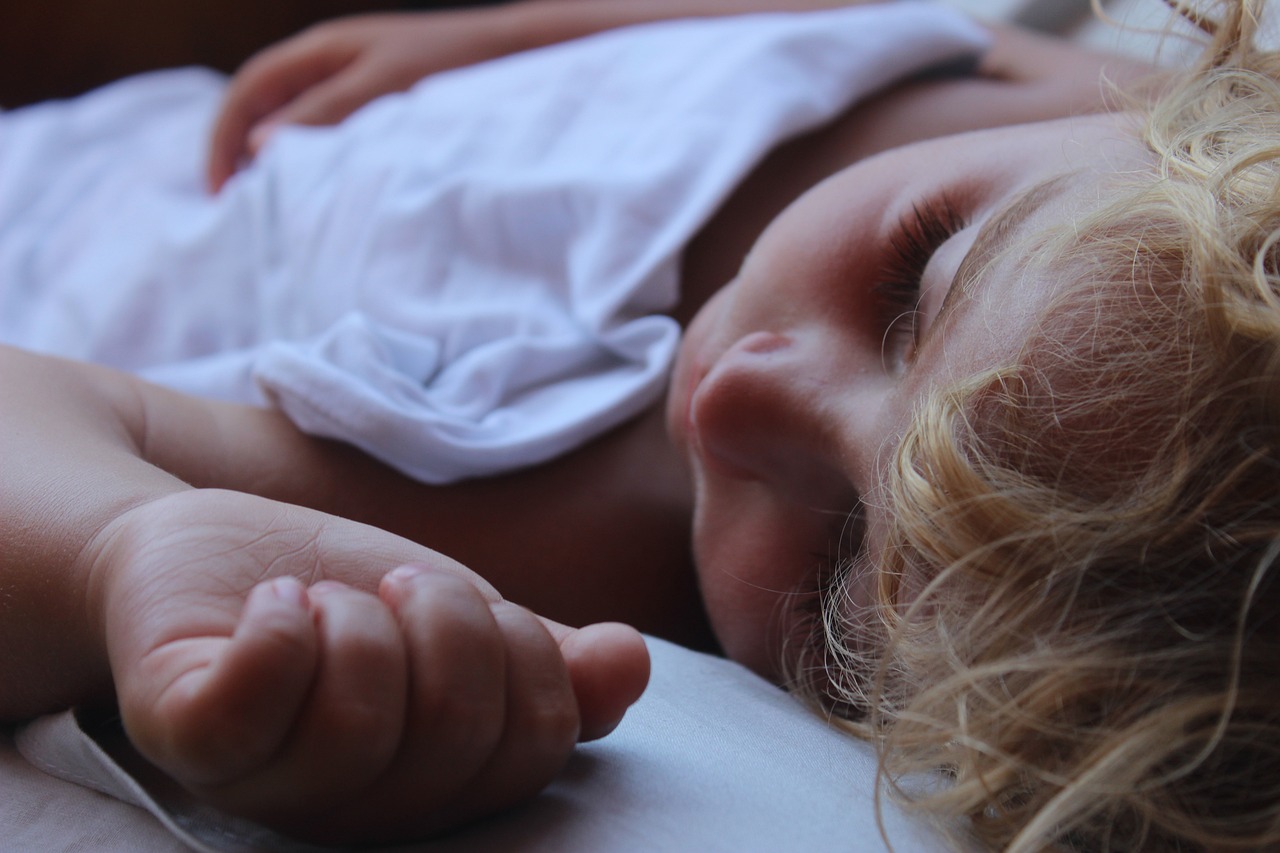
Choosing the Right Tools
When it comes to drawing realistic hair, the tools you choose can make all the difference. Imagine trying to sculpt a masterpiece with a blunt chisel—frustrating, right? The same principle applies to drawing. Whether you're working with traditional mediums or diving into the digital realm, selecting the right tools tailored to your style is crucial for achieving that lifelike hair texture you desire.
Let’s start with traditional tools. Graphite pencils are a favorite among artists for their versatility. They come in various hardness levels, ranging from 9H (very hard) to 9B (very soft). Each type serves a unique purpose. For instance, harder pencils like 2H are perfect for fine lines and initial sketches, while softer pencils such as 6B can create rich shadows and depth. Understanding how to use these pencils effectively is essential for rendering the intricate details of hair.
But it’s not just about the pencils; blending techniques play a vital role in achieving realism. Techniques such as smudging with your fingers or using blending stumps can help create smooth transitions between shades, mimicking the way light interacts with hair. Moreover, don’t underestimate the power of erasers! They can be your secret weapon for creating highlights and defining individual strands. By gently lifting graphite, you can add that extra dimension that makes hair pop off the page.
Now, let’s talk about digital tools. If you’re exploring the world of digital art, software like Photoshop or Procreate can elevate your hair-drawing game. These programs offer a plethora of brushes specifically designed to simulate various hair textures. For example, textured brushes can add a sense of movement and flow to your hair, while layering techniques allow for more complex color blending. Make sure to experiment with different brush settings to find what works best for you.
In summary, choosing the right tools is about finding what resonates with your artistic style. Whether you’re wielding a pencil or a stylus, the goal is to create hair that feels alive and dynamic. Remember, the right tools can empower you to bring your artistic vision to life, transforming simple lines into a flowing mane of hair that captivates your audience.
- What type of pencils should I use for drawing hair? It's best to use a range of graphite pencils, from hard (H) for fine details to soft (B) for shading and depth.
- Can I use colored pencils for hair drawing? Absolutely! Colored pencils can add vibrancy and realism to your hair drawings, especially when mixed with blending techniques.
- What digital tools are best for drawing hair? Programs like Photoshop and Procreate are excellent choices, offering various brushes and blending options tailored for hair textures.
- How important is blending in hair drawing? Blending is crucial as it helps create smooth transitions and mimics the natural flow of hair, enhancing realism.
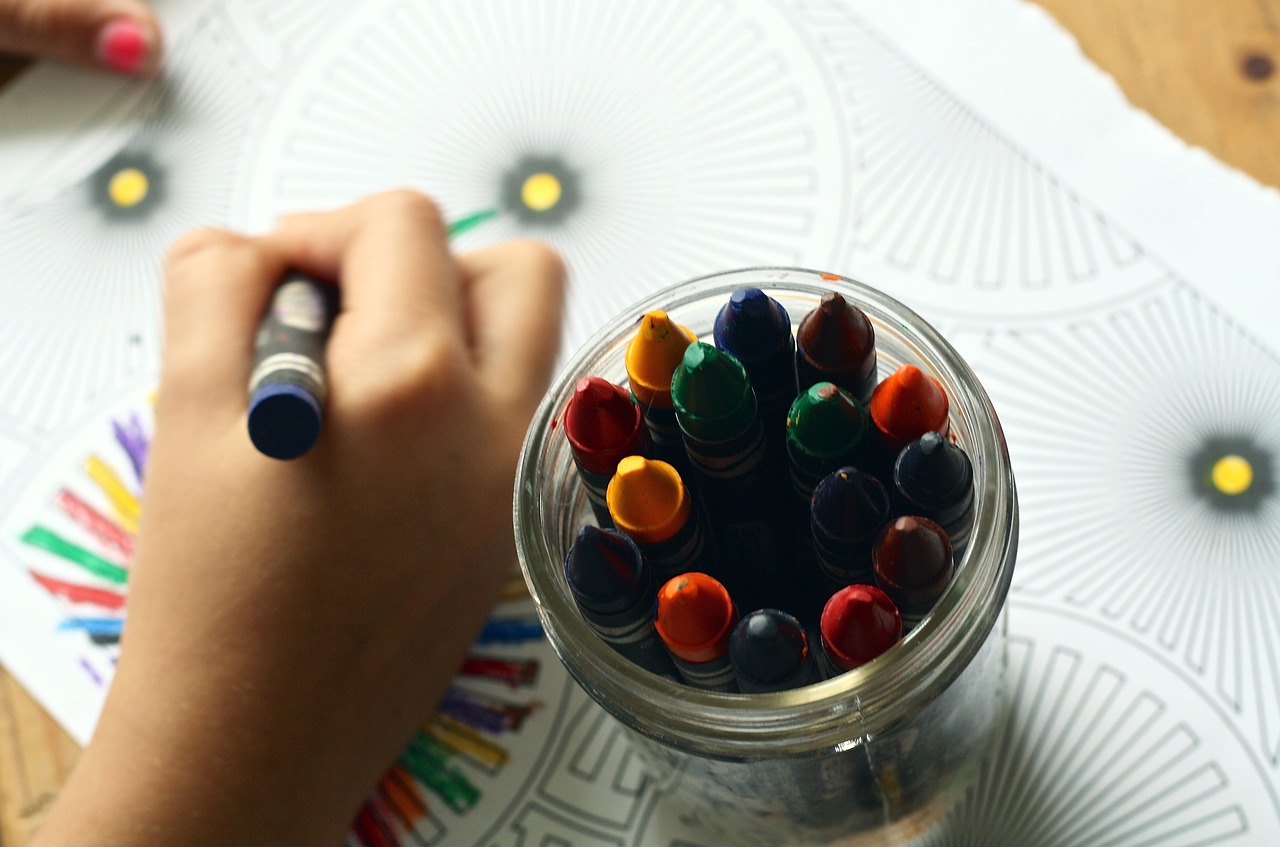
Graphite Pencils
When it comes to drawing realistic hair, the choice of tools can make a world of difference. are one of the most versatile options available to artists, allowing for a range of techniques that can help you achieve stunning results. Whether you're a beginner or a seasoned pro, understanding how to use different hardness levels of graphite pencils can significantly enhance the depth and texture of your hair drawings.
Graphite pencils are graded on a scale from H (hard) to B (soft), with HB being the middle ground. Each type serves a unique purpose in your artistic toolbox:
- H Pencils: These are great for creating fine lines and details. Use them to sketch the initial outline of the hair strands, as they produce lighter marks that can easily be erased.
- B Pencils: Softer pencils allow for darker, bolder strokes, which are perfect for adding depth and shading to your hair. They can help you create those rich, dark tones that give hair its volume.
- F Pencils: These are a happy medium, ideal for general purposes. They can be used for both light shading and detailed work.
To create realistic hair, you’ll want to experiment with different pencil grades. For instance, start with an H pencil to sketch the basic shapes and outlines of the hair. Once you have your structure down, switch to a 2B or 4B pencil for shading. This layering technique allows you to build texture and dimension gradually, mimicking the natural flow of hair.
Another critical aspect of working with graphite is how you hold your pencil. A loose grip can create softer lines, while a firmer grip will produce sharper, more defined strokes. This variation is crucial when drawing hair, as it helps you capture the differences in hair strands and their natural movement. Think of hair as a flowing river; sometimes it’s calm, and other times it’s wild and chaotic. Your pencil technique should reflect that.
Additionally, don’t underestimate the power of shading techniques. Using the side of your pencil lead to create broad strokes can effectively simulate the texture of hair. You can also practice cross-hatching and stippling to add depth and detail. These techniques allow for a more dynamic representation of hair, making it look alive and full of movement.
In conclusion, mastering the use of graphite pencils is essential for any artist aiming to create realistic hair. By understanding the different grades of pencils and employing various techniques, you can transform a simple drawing into a captivating piece of art that truly captures the essence of hair. So grab your pencils, experiment, and watch your hair-drawing skills soar!
Q: What pencil grade is best for beginners?
A: Starting with an HB pencil is a great choice for beginners, as it offers a balance between hardness and softness, making it versatile for various techniques.
Q: How can I create highlights in my hair drawings?
A: You can use an eraser to lift graphite and create highlights. Additionally, lighter pencil grades can help you add subtle highlights without overpowering the darker areas.
Q: Is it necessary to use colored pencils for realistic hair?
A: While colored pencils can enhance the realism of hair, using graphite pencils effectively can also yield stunning results. It all depends on your artistic style and preference.
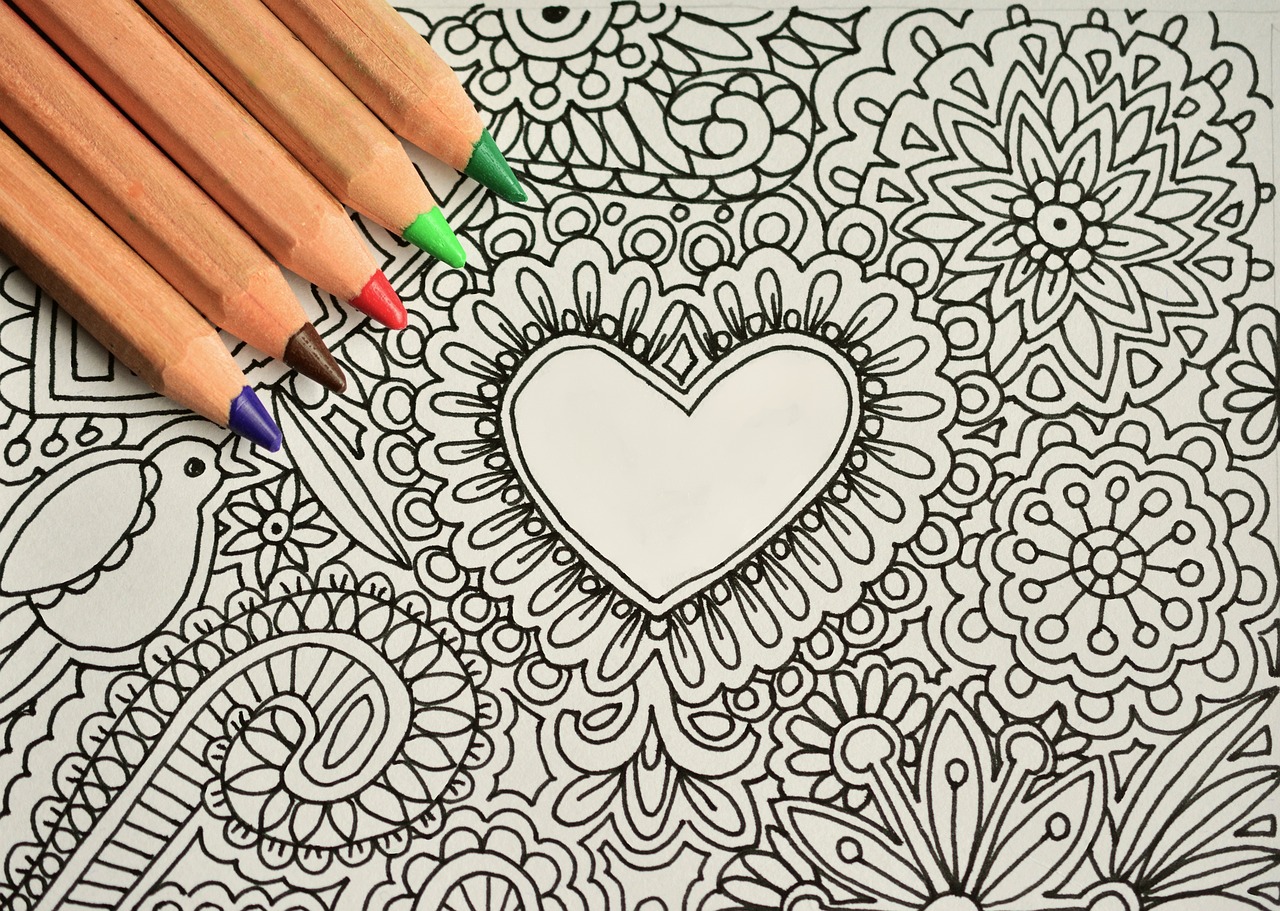
Blending Techniques
When it comes to achieving realistic hair in your drawings, blending techniques are your best friends. Think of blending as the secret sauce that transforms your artwork from flat to fabulous. By mastering these techniques, you can create the illusion of depth and texture that makes hair come alive on the page. So, how do you get started with blending?
First off, let’s talk about the importance of smudging. This technique involves using your finger, a blending stump, or even a soft cloth to gently smear the pencil strokes you’ve made. The key here is to apply light pressure; you want to soften the lines without completely erasing them. This technique is especially useful for creating soft, flowing hair that appears natural and organic.
Another method to consider is layering. Instead of trying to achieve your desired effect in one go, build up layers of pencil strokes gradually. Start with a light base layer and then add darker tones on top. This approach not only adds depth but also allows for more control over the final look. Imagine painting with watercolors; each layer enhances the overall richness of the color. In hair drawing, layering can create a beautiful gradient effect that mimics the way light interacts with hair.
To help you visualize these techniques, here’s a simple comparison table:
| Technique | Description | Best For |
|---|---|---|
| Smudging | Softening pencil strokes for a smoother appearance | Flowing hair, soft textures |
| Layering | Building up tones gradually for depth | Realistic gradients, complex textures |
Don’t forget about the power of blending mediums. If you’re working with colored pencils, for instance, you can use a colorless blender pencil to merge colors seamlessly. This tool can help you achieve a polished finish that looks almost photographic. Similarly, if you’re using pastels, a soft brush can work wonders in blending colors together, creating that luscious, flowing hair effect.
Lastly, remember to step back and assess your work from a distance. Sometimes, the finer details can get lost when you’re too close to the paper. By taking a moment to look at your drawing as a whole, you can identify areas that might need more blending or adjustment. It’s like stepping back to admire a painting in a gallery; the overall picture often reveals what needs tweaking.
In conclusion, blending techniques are essential for creating realistic hair in your drawings. Whether you choose to smudge, layer, or use blending mediums, the goal is to achieve a sense of movement and life in your artwork. So grab your tools, practice these techniques, and watch your hair drawings transform into stunning masterpieces!
- What is the best pencil for blending hair? Generally, softer pencils (like 2B to 6B) are preferred for blending because they create darker lines that blend well.
- Can I use my fingers to blend? Yes! Your fingers can be great blending tools, but make sure your hands are clean to avoid unwanted smudges.
- How do I know when to stop blending? A good rule of thumb is to stop when the hair looks smooth and realistic. If it starts to look too uniform, it might be time to add some texture back in.

Using Erasers
When it comes to drawing realistic hair, many artists often overlook the power of the humble eraser. Yes, you read that right! An eraser isn’t just for correcting mistakes; it can be a fantastic tool for adding highlights and defining individual hair strands. Think of it as your secret weapon in the battle for realism. By carefully lifting graphite or charcoal, you can create stunning contrasts that mimic the way light interacts with hair.
To get the most out of your eraser, it's essential to choose the right type. There are several kinds available, each serving a unique purpose:
- Kneaded Erasers: These are soft and pliable, perfect for gently lifting graphite without damaging your paper. They can be shaped into a point for precision work.
- Vinyl Erasers: These are firmer and great for more aggressive lifting. Use them sparingly to avoid tearing your paper.
- Electric Erasers: For those who love a bit of technology, electric erasers can provide quick and precise lifting, making them ideal for detailed work.
Once you’ve selected your eraser, practice using it to create varying degrees of highlight. Start with light pressure and gradually increase it as needed. This technique allows you to control the amount of graphite lifted, resulting in beautifully nuanced highlights. Try this: after shading a section of hair, gently dab the eraser in small circular motions to lift some of the graphite. This will create a soft highlight that looks natural and enhances the overall texture of your drawing.
Another effective technique involves using the eraser to define the edges of hair strands. Instead of drawing every single strand, you can create the illusion of individual hairs by erasing small sections along the edges of your shaded areas. This method not only saves time but also adds depth and realism to your artwork. Remember, hair is not a solid mass; it flows and interacts with light, so your drawing should reflect that.
In conclusion, incorporating an eraser into your hair drawing process can significantly elevate the quality of your artwork. It’s all about understanding how to use it creatively. The next time you sit down to draw, don’t just think of your eraser as a tool for mistakes; think of it as a means to add dimension and life to your hair drawings. With practice, you’ll find that the right use of an eraser can make all the difference in achieving that coveted realistic look.
Q1: Can I use any type of eraser for drawing hair?
A1: While you can use any eraser, kneaded and vinyl erasers are particularly effective for lifting graphite without damaging your paper.
Q2: How do I know when to use an eraser?
A2: Use an eraser when you want to create highlights or define edges in your hair drawing. It's best to practice on a scrap piece of paper to see how it affects your shading.
Q3: Is it better to draw hair first or add highlights later?
A3: Many artists prefer to draw the hair first and then add highlights afterward using an eraser. This allows for more control over the final look.
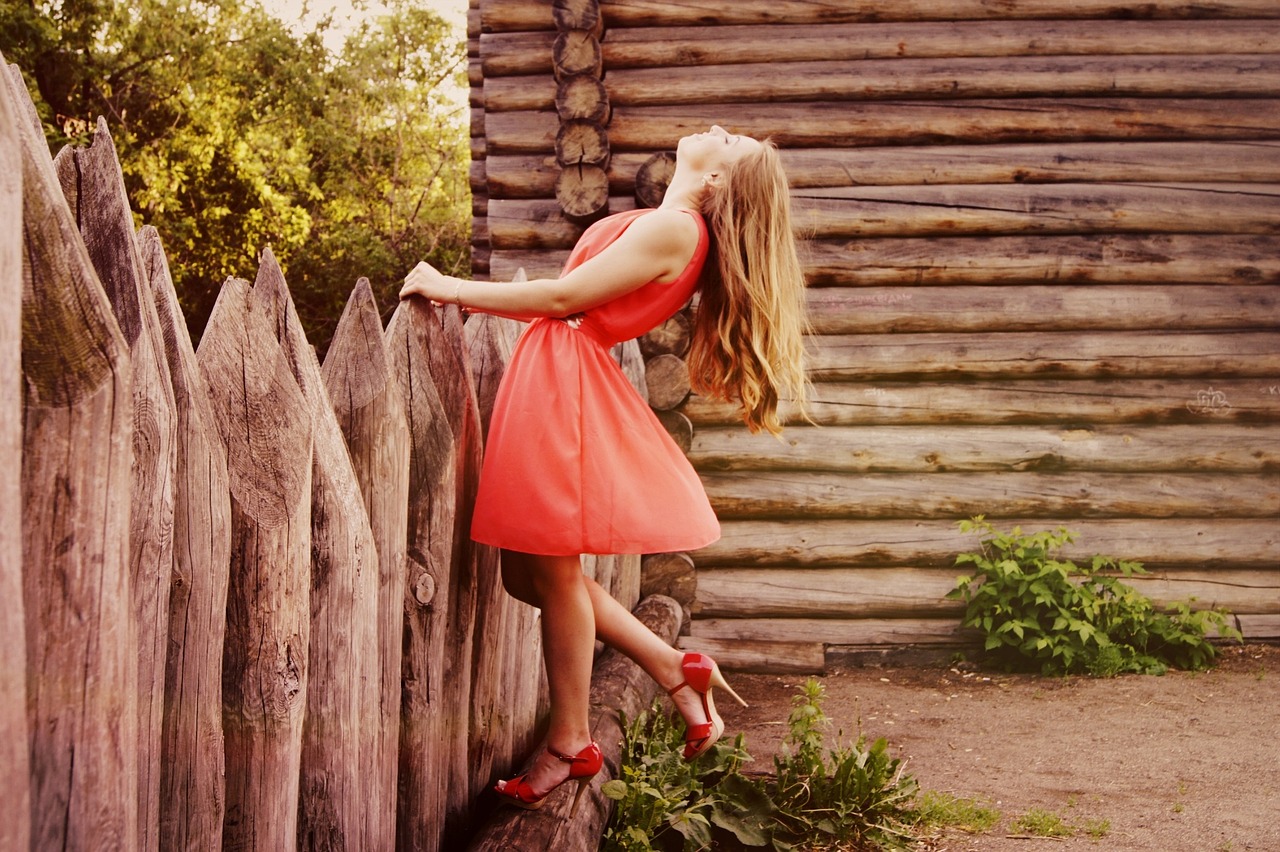
Digital Tools
For artists venturing into the realm of digital drawing, the right tools can make a world of difference when it comes to creating realistic hair. Digital art software like Photoshop and Procreate are popular choices among artists, offering a plethora of features that cater specifically to the nuances of hair texture and movement. These programs come equipped with a variety of brushes that can simulate the fine strands of hair, allowing for detailed and lifelike representations.
One of the standout features of these digital tools is the ability to customize brushes. You can create or download specific hair brushes that mimic the flow and texture of real hair. This level of customization can significantly enhance the realism of your drawings. For instance, soft round brushes can be used for base layers, while textured brushes are perfect for adding highlights and individual strands.
Moreover, layers play a crucial role in digital art. By using multiple layers, you can separate different elements of your hair drawing, such as the base color, highlights, and shadows. This separation allows for easier adjustments and refinements, making it simpler to achieve a polished look. Don't forget to utilize layer blending modes; they can help you create more depth and dimension in your hair, giving it that three-dimensional feel.
Another valuable feature of digital tools is the undo function, which can be a lifesaver when experimenting with different styles or techniques. You can try out various approaches without the fear of making permanent mistakes, enabling you to explore your creativity freely. Additionally, the zoom function allows for meticulous detailing, making it easier to focus on the intricate aspects of hair.
To illustrate the capabilities of different digital tools, here's a simple comparison table:
| Tool | Key Features | Best For |
|---|---|---|
| Photoshop | Custom brushes, extensive layer options, blending modes | Detailed and complex illustrations |
| Procreate | Intuitive interface, pressure sensitivity, customizable brushes | Quick sketches and mobile drawing |
In addition to these tools, plugins and extensions can further enhance your drawing experience. Some plugins offer advanced brush settings or additional textures that can be directly applied to hair, saving you time and effort. Whether you're a beginner or a seasoned artist, exploring these digital tools can open up a new world of possibilities for your hair drawing endeavors.
- What are the best digital tools for drawing hair?
The best tools include Photoshop and Procreate, as they offer a wide range of brushes and features tailored for hair drawing.
- Can I create realistic hair in a free digital program?
Yes, there are free programs like Krita and GIMP that also provide useful tools for hair drawing, though they may have fewer features than paid software.
- How do I choose the right brush for hair drawing?
Experiment with different brushes and settings. Look for brushes that mimic hair texture and flow, and don't hesitate to customize them to suit your style.
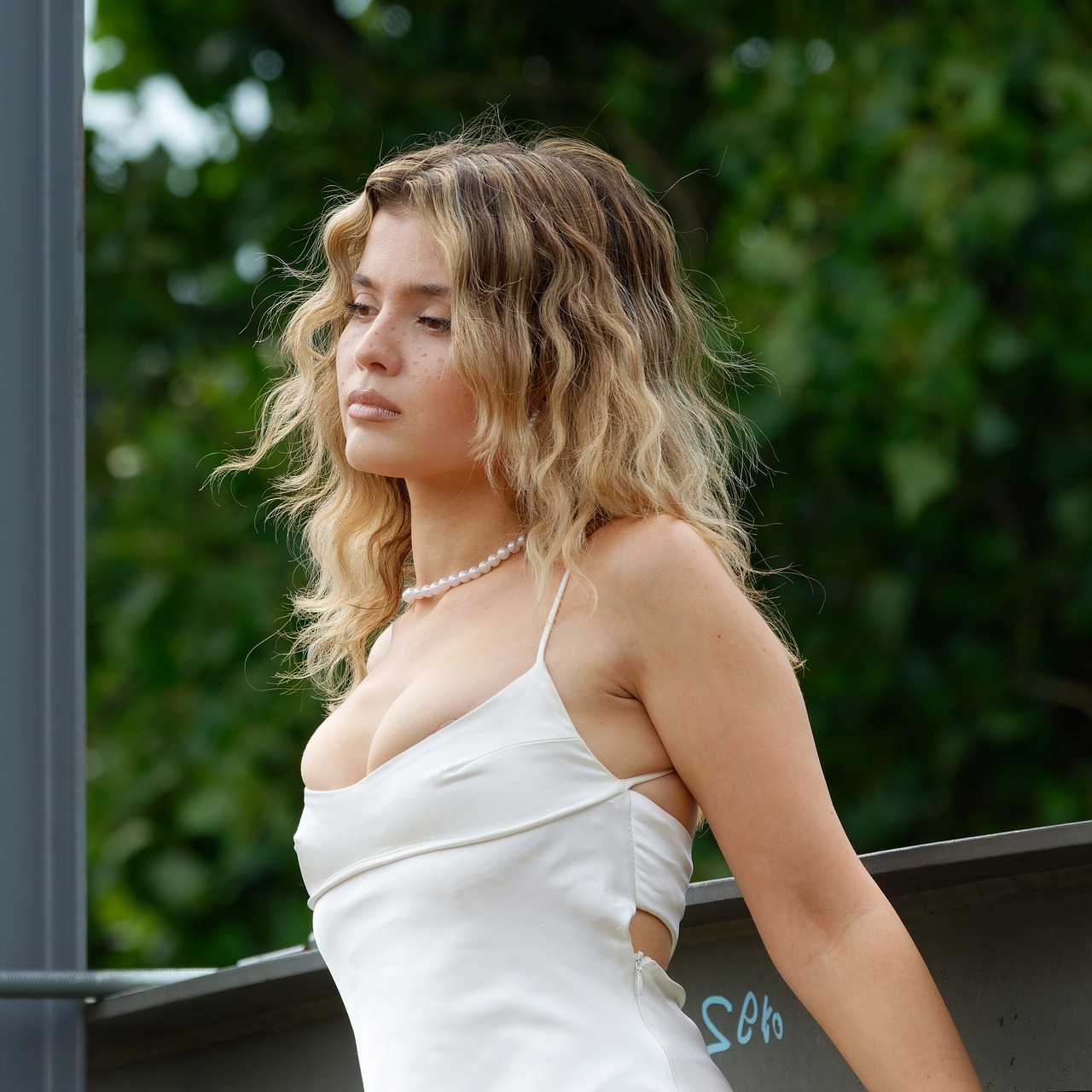
Color Theory in Hair Drawing
Understanding color theory is vital for achieving realistic hair representation in your drawings. Just like a painter mixes colors to create a masterpiece, you too can enhance your hair illustrations by mastering the art of color blending. Think of hair as a canvas where light and shadow play a crucial role in defining its texture and depth. When you grasp the basics of color theory, you can create stunningly lifelike hair that captivates your audience.
When it comes to hair, the spectrum of natural colors is extensive. From the golden hues of blonde to the deep richness of brunette, each shade has its unique characteristics. To replicate these tones accurately, you must first understand the underlying colors that contribute to them. For instance, blonde hair often contains warm yellows and cool ashy tones, while brunette hair can range from warm chestnuts to cool espresso. By identifying these subtleties, you can mix colors that reflect the true essence of hair.
Additionally, highlights and shadows are essential elements in creating depth and dimension in hair. Consider how light interacts with hair; it reflects and refracts, creating a dance of colors that can be both mesmerizing and complex. When applying highlights, think about where the light source is coming from. Is it a sunny day, casting bright reflections, or is it a dim room with soft, muted light? Understanding the light's direction allows you to strategically place your highlights, making the hair appear more three-dimensional. Shadows, on the other hand, add contrast and help define the shape of the hair strands.
To help you visualize this better, here's a simple table that outlines the primary hair colors along with their complementary shades:
| Hair Color | Complementary Shades |
|---|---|
| Blonde | Warm yellows, Ashy tones |
| Brunette | Chestnut, Espresso |
| Red | Ginger, Auburn |
| Black | Deep blues, Purples |
Mixing these colors effectively can lead to stunning results. For example, if you are drawing a blonde character, you might start with a base of light yellow and gradually add in some light brown or white to create dimension. Similarly, for darker hair, layering different shades can give the illusion of depth and texture.
In conclusion, mastering color theory in hair drawing is not just about knowing which colors to use; it's about understanding how they interact with each other and how they can be manipulated to create realistic effects. So the next time you're sketching hair, remember to consider the light, shadow, and color relationships that will bring your artwork to life.
- What are the best colors to use for blonde hair?
For blonde hair, consider using a mix of light yellows, soft browns, and even some white for highlights. - How can I create realistic shadows in hair?
To create realistic shadows, observe where the light source is and use darker shades of the base color to represent the areas that are less exposed to light. - Do I need to use special tools for digital hair drawing?
While traditional tools work well, digital artists can benefit from specific brushes designed to mimic hair textures, making it easier to achieve realism.

Natural Hair Colors
When it comes to drawing realistic hair, understanding is essential. Hair comes in a stunning variety of shades, each with its unique undertones and characteristics. From the golden hues of blonde to the rich depths of brunette and the striking contrasts of black, every color tells a story. To achieve a lifelike representation, it’s crucial to replicate these colors accurately and understand how they interact with light.
Natural hair colors can be broadly categorized into several groups, each with its distinct qualities. For instance, blonde hair can range from pale platinum to warm honey tones, while brunette hair encompasses shades from light chestnut to deep chocolate. Black hair, on the other hand, can appear almost blue in sunlight, offering a striking contrast to lighter shades. Here’s a quick breakdown:
| Hair Color | Shades | Undertones |
|---|---|---|
| Blonde | Platinum, Ash, Honey | Warm, Cool |
| Brunette | Light Chestnut, Dark Chocolate | Warm, Neutral |
| Black | Jet Black, Soft Black | Cool, Neutral |
| Red | Auburn, Copper | Warm, Neutral |
To capture these colors in your artwork, consider the color wheel and how different hues complement one another. Mixing colors to create highlights and shadows can enhance the realism of your hair drawings. For example, adding a touch of gold to blonde hair can create a sun-kissed effect, while incorporating deep browns into brunette hair can add depth and dimension.
Another essential aspect to consider is the texture of the hair. The same color can look vastly different depending on whether the hair is straight, wavy, or curly. Curly hair often reflects light differently due to its shape, while straight hair tends to have a more uniform shine. So, when you're choosing your colors, think about the hair's texture and how it interacts with light.
In conclusion, mastering the representation of natural hair colors requires a keen eye and a bit of practice. By understanding the nuances of each color and how they can be blended, you can create stunning, lifelike hair in your drawings that captivates the viewer and adds a touch of realism to your artwork.
- What are the best colors to use for blonde hair? Blondes can be represented using a mix of yellow, white, and light brown shades, depending on the desired tone.
- How can I create realistic shadows in hair? Use darker shades of the base color and blend them smoothly into the hair to create depth and dimension.
- What tools are best for blending hair colors? Blending stumps, brushes, and even your fingers can help achieve a smooth transition between colors.
- Is it necessary to use a color wheel? While not mandatory, a color wheel can be a helpful tool for understanding color relationships and creating harmonious palettes.
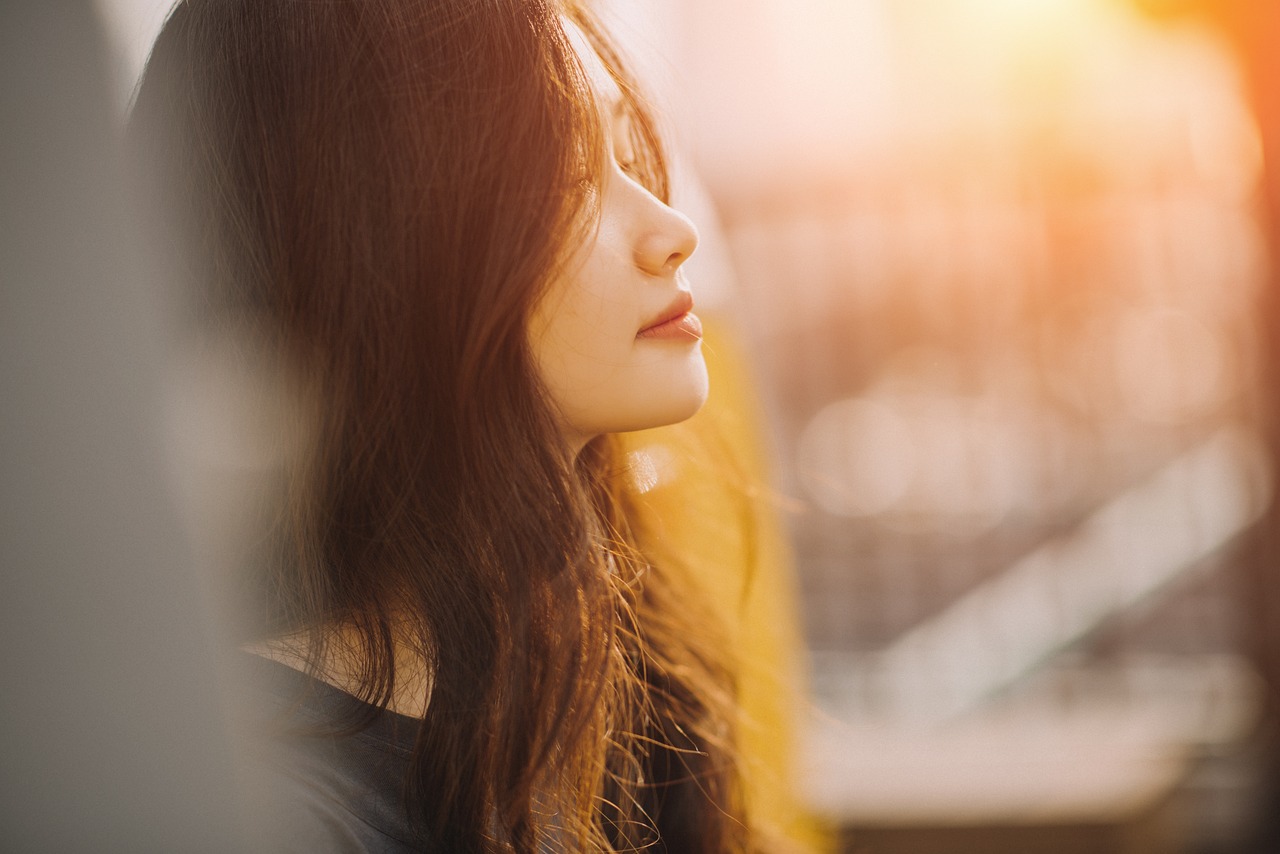
Creating Highlights and Shadows
When it comes to drawing realistic hair, highlights and shadows are your best friends. They add depth and dimension, transforming flat strands into a flowing mane that seems to leap off the page. Imagine looking at a beautiful sunset; the way light dances off the clouds can inspire how you represent light in your artwork. To effectively create these effects, you need to first understand the source of light in your composition. Is it natural sunlight, a soft lamp, or perhaps a dramatic spotlight? Each light source will cast shadows and highlights differently, and knowing this will significantly enhance your drawings.
Start by identifying where the light hits the hair. Typically, the top and front sections receive the most light, while the underside and areas blocked by other strands will be darker. This contrast is crucial for achieving that realistic look. You can use a simple technique to visualize this: imagine the hair as a three-dimensional object. Think of it like a mountain range where the peaks are the highlights and the valleys are the shadows. This mental image will guide your hand as you draw.
When applying highlights, you don’t want to go overboard. A few well-placed strokes can do wonders. Use a lighter pencil or a white gel pen to add those shimmering strands, particularly on the tips and where the hair curves. Conversely, for shadows, consider using a slightly darker shade than your base color. This creates a natural gradient, making the hair appear fuller and more lifelike. Remember, it’s all about balance; too many highlights can make hair look greasy, while too many shadows can make it appear flat.
To further illustrate these concepts, let's break down the process into a simple table that outlines the techniques:
| Technique | Description |
|---|---|
| Identify Light Source | Determine where the light is coming from to understand how it affects the hair. |
| Apply Highlights | Use lighter colors on the areas where light hits the hair most directly. |
| Add Shadows | Use darker shades in the areas where shadows naturally fall. |
| Blend | Use blending techniques to create smooth transitions between highlights and shadows. |
Finally, don’t forget to blend! Blending is the secret sauce that ties everything together. Whether you use a blending stump, your fingers, or digital tools, smooth transitions between light and dark areas will elevate your hair drawing from ordinary to extraordinary. Think of it as icing on a cake; it’s the finishing touch that makes everything look polished and complete.
- What is the best way to practice creating highlights and shadows? Regularly sketch different hair types under various lighting conditions to get a feel for how light interacts with hair.
- Can I use colored pencils for highlights? Absolutely! Colored pencils can create beautiful highlights when used correctly, especially when layered for depth.
- How do I avoid making hair look flat? Focus on varying your shading techniques and ensure you're using a range of light and dark tones.
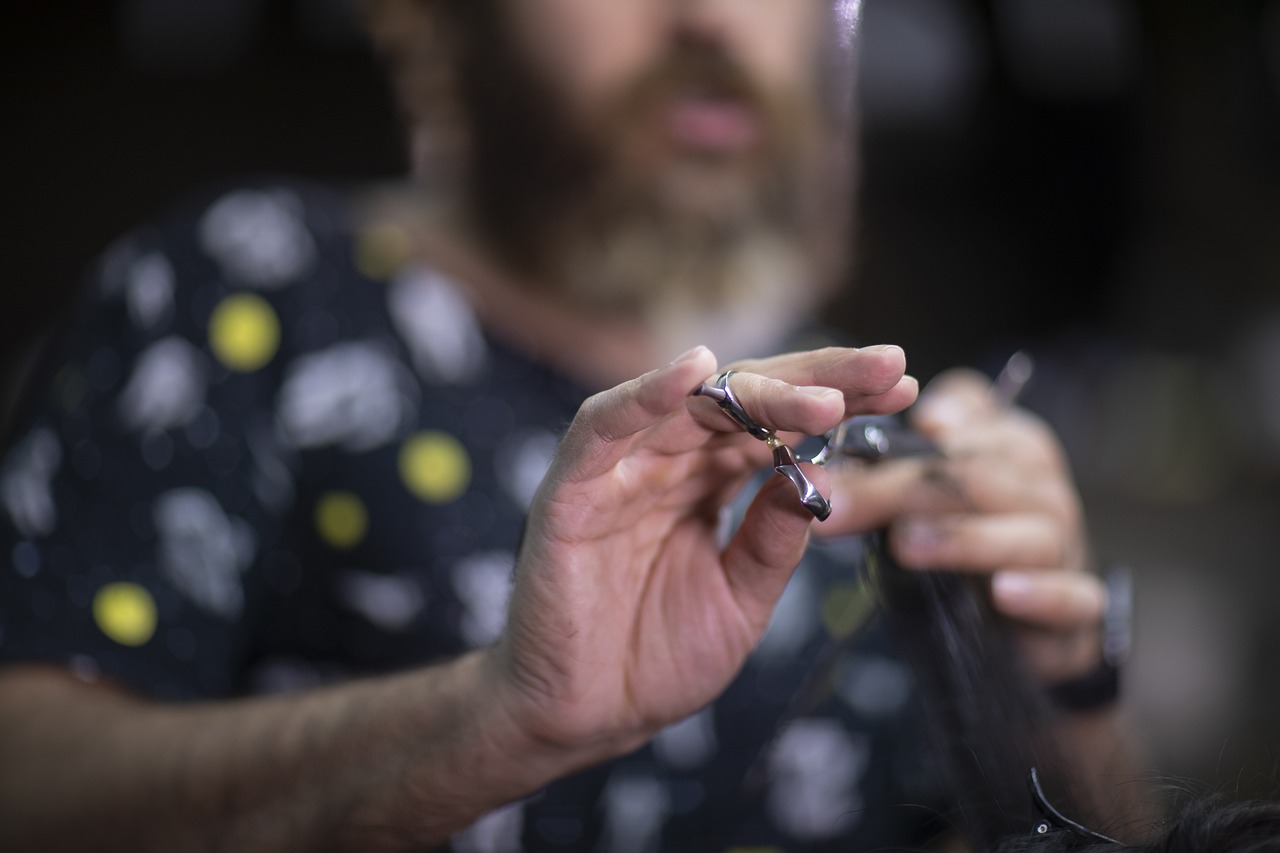
Practicing Hair Techniques
Regular practice is the secret sauce to mastering the art of drawing realistic hair. Just like a musician who plays their instrument daily, an artist must dedicate time to hone their skills. So, how do you get started? First off, it's essential to embrace the idea of practicing consistently. Set aside a specific time each day or week to focus solely on hair techniques. This focused practice will build your muscle memory and enhance your confidence.
One effective way to practice is by using reference images. Look for high-quality photographs that showcase different hair types, textures, and styles. Try to replicate these images in your drawings. This process not only improves your observational skills but also helps you understand the nuances of hair structure. As you practice, pay attention to the direction of hair growth and how light interacts with the strands. Remember, every little detail counts!
Additionally, consider breaking down your practice into specific techniques. For example, you might dedicate one session to mastering blending techniques, while another session could focus on creating realistic highlights and shadows. To help you stay organized, you can create a practice schedule like the one below:
| Day | Focus Area | Technique |
|---|---|---|
| Monday | Blending | Smudging and layering |
| Wednesday | Highlights | Using erasers for dimension |
| Friday | Color Theory | Mixing natural hair colors |
As you practice, don't be afraid to experiment. Try different tools and techniques to discover what works best for you. For instance, if you usually use graphite pencils, why not give charcoal a shot? Each medium offers a unique texture and feel, allowing your creativity to flourish. Remember, every artist has their style, so find yours through exploration!
Finally, keep a sketchbook dedicated to your hair studies. This sketchbook will serve as a visual diary of your progress. You can revisit older sketches to see how far you've come and identify areas that still need improvement. It's a fantastic way to stay motivated and inspired on your artistic journey.
- How often should I practice drawing hair? Aim for at least a few sessions each week. Consistency is key!
- Can I use digital tools for practicing hair techniques? Absolutely! Digital tools can provide a different perspective and allow for easy adjustments.
- What if I struggle with creating realistic highlights? Focus on studying light sources in reference images, and practice layering colors to achieve depth.
Frequently Asked Questions
- What are the best tools for drawing realistic hair?
To achieve realistic hair in your drawings, it's essential to choose the right tools. Graphite pencils of varying hardness are excellent for shading and detailing. Additionally, blending tools like tortillons or your fingers can help create smooth transitions. If you're working digitally, software like Photoshop or Procreate offers brushes specifically designed for hair textures, making it easier to replicate realistic strands.
- How can I understand hair structure better?
Understanding hair structure is crucial for realism. Hair consists of individual strands that follow specific growth patterns. Observing real hair, whether in photos or on a live model, can help you grasp the way light interacts with different textures and shapes. Studying anatomy and practicing drawing various hair types can significantly improve your skill in depicting lifelike hair.
- What techniques can I use to create highlights and shadows in hair?
Creating highlights and shadows is all about understanding your light source. Start by identifying where the light hits the hair and use a lighter color or an eraser to create highlights. For shadows, use darker tones to add depth. Techniques like layering colors and blending can enhance the three-dimensionality of hair, making it appear more realistic.
- How often should I practice drawing hair?
Regular practice is key to mastering any artistic technique, including hair drawing. Aim to practice a little every day or set aside specific days for focused practice. The more you draw hair, the more comfortable you'll become with different techniques and styles, leading to improved results over time.
- Can I use erasers for creating hair details?
Absolutely! Erasers can be powerful tools in hair drawing. They can be used to lift graphite to create highlights or to refine the edges of hair strands. By incorporating erasers into your technique, you can add dimension and texture to your hair drawings, enhancing their realism.



















